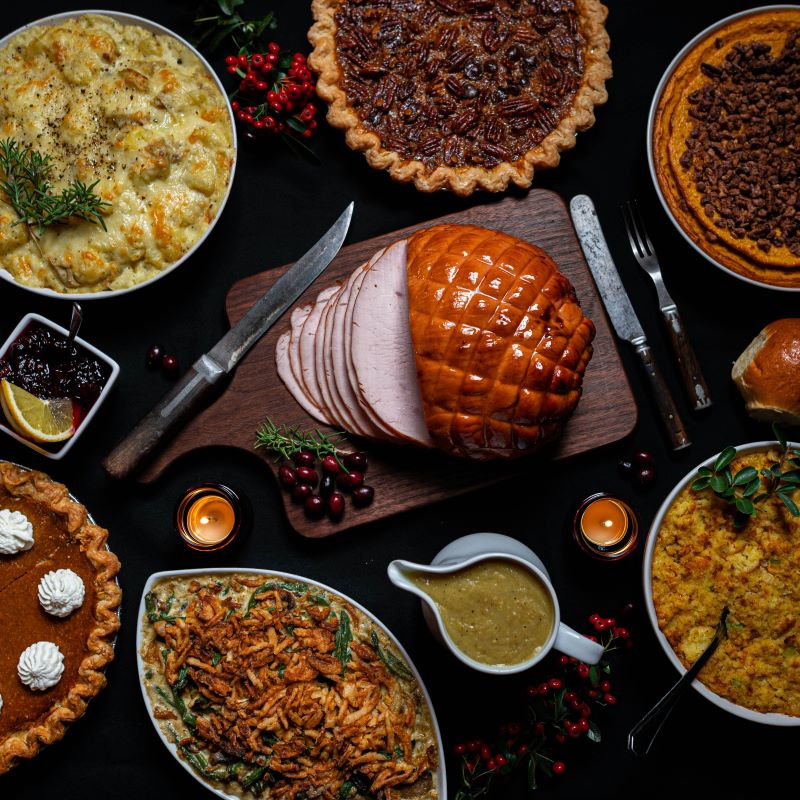Mindful Eating: Not Just the Foods We Eat
Author: D1 Training
Food and nutrition is an ever-changing field with new foods, ingredients, research, and alternatives. It can be very overwhelming seeing social media or news posts about what foods to avoid or what foods to swap out. Eat this, not that. Regardless of what changes to the nutrient contents of food are made, how we eat the food should never change.
The nutrients of foods are important, but the first priority should be the approach to a meal. You can be eating the “right foods,” but if you are eating them “wrong”... you may be negatively impacting your progress.
Examples of this could be entering a meal with what I call a “Scooby Doo Hunger”. Doing this, means you are eating a meal starving and eat VERY quickly. This can lead to overconsuming and feeling bloated or uncomfortable. Sometimes we feel guilt with overfullness, which isn’t a healthy habit to build for a sustainable diet.
There are multiple ways to help improve your mindful eating. They are best practiced at home or at a family meal where you practice with your children.
1. Chew, chew, chew - Count to 20 chews with each bite. Often we swallow food much too fast. We taste that first bite and it is ohhh so good, then it’s gone. Counting your chews allows you to slow down, be more present with your meal, and get every flavor out of every bite.
2. Put your utensils down between bites - I struggle with this one especially. I load my next bite before I am done chewing and swallowing the current bite. This can lead to me having a conveyor belt of food and getting overfull from eating too fast. I’ve learned that if I sit on my hands to keep them busy or try to purposefully put the fork down, it helps allow my brain and belly to communicate when it is time to be done.
3. Use smaller plates and utensils - Over time the size of plates and bowls have grown larger. Some plates reach a diameter of 10-15 inches. This can drastically increase your calorie consumption if you are someone who likes to fill their plate or was raised to “clean your plate”. Having a smaller plate/bowl allows you to accomplish both of these mental challenges, without having to eliminate any foods.
4. Try to limit distractions - Try to have food be the focus. No phones or TV’s. Just you and food. This can be difficult while working or at home with the family, but the more focus you place on being mindful with food, the more your brain and belly can get on the same page.
5. Time meals - Try to eat a meal in 10-15 minutes to help digestion as well as discomfort. It is not easy, so use a timer. Leave the timer face down/away the first time to see how fast you ate. Then, leave the timer facing up/you the next meal and try to match the pace of the timer.
6. Get a box immediately - When eating out at a restaurant, get a to-go box right away. Place half of the food in and set aside. You can always go back for more, but with this tactic it is out of sight and then out of mind.
Being more mindful at meals may seem silly, but we focus on mind-muscle connections while exercising or focusing on breathing to recover. So why not focus on the food that fuels us?
